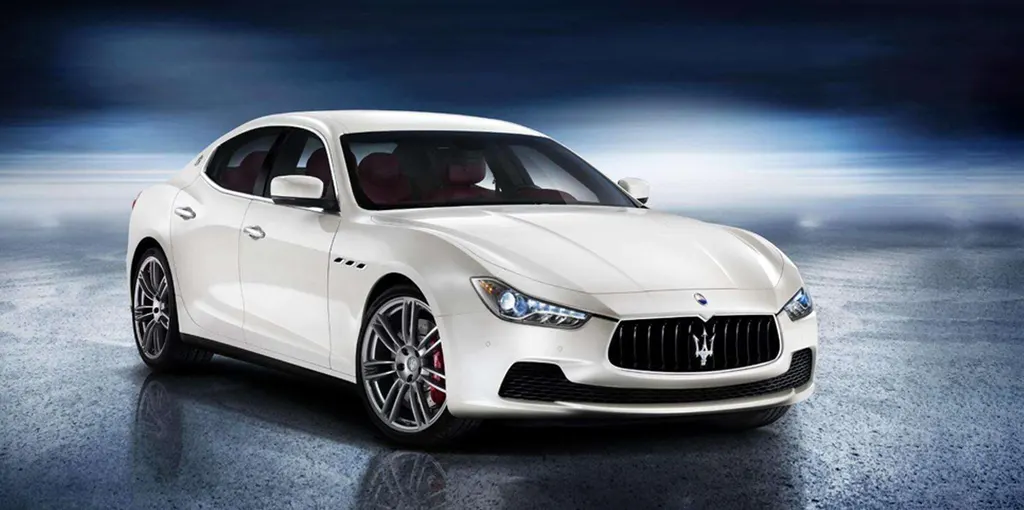Maserati, a car brand from Italy, has been dedicated to the research and development of racing cars and sports cars since its birth, and has gone through 97 years. In these 97 years, Maserati’s many classic models have appeared, and some of its models also achieved good results in some grand prix. Although today’s Maserati has been taken over by Fiat, its pure racing spirit has continued. Let’s go through time together and get to know a real Maserati brand from scratch.

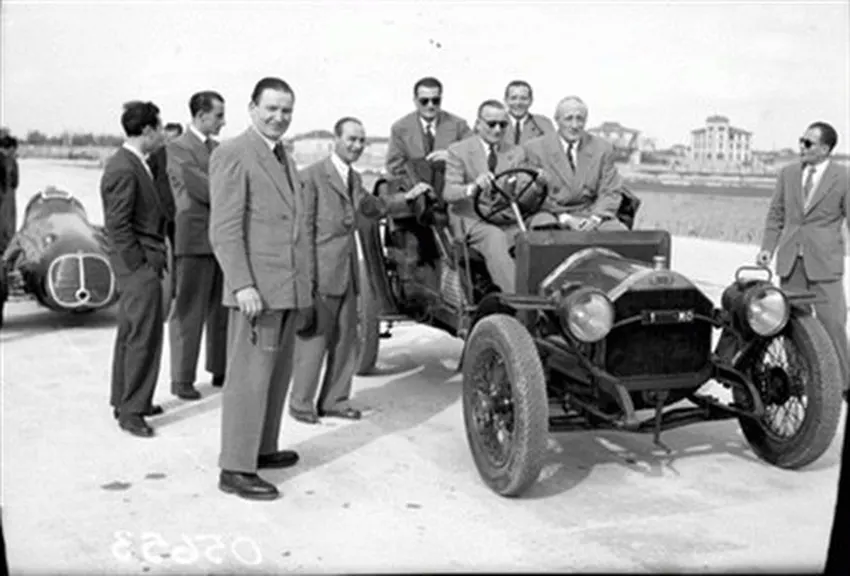
The name “Maserati” comes from an ordinary family in Voghera, Italy, and the train driver Rodolfo Maserati and his wife raised six boys: Carlo, Bindo, Alfieri, Ettore, Ernesto and Mario, all of whom participated in the construction and development of the world famous sports car brand – Maserati.
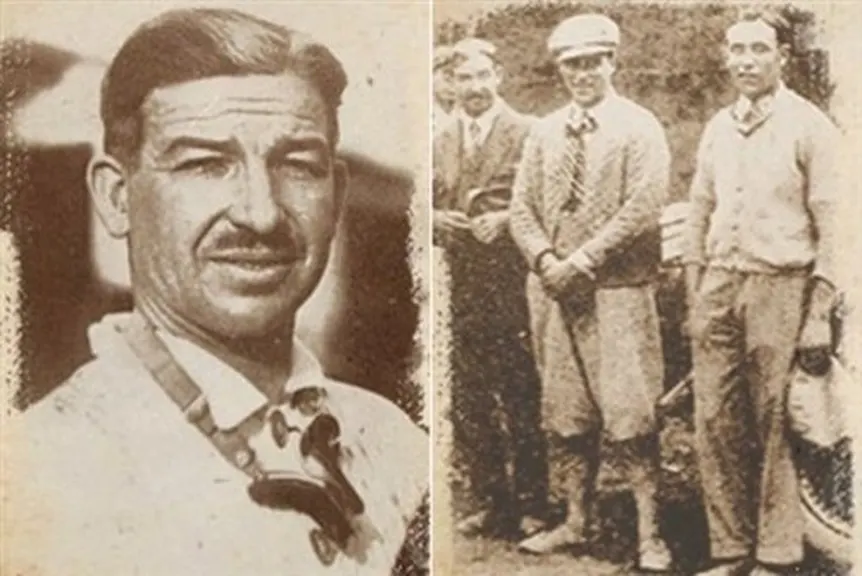
Among the Maserati family, Carlo, the eldest son, took the lead in the field of mechanical design and designed a single cylinder engine for a motorcycle factory. Later, he took part in some competitions with the motorcycles produced by the factory and set a speed record of 50 km / h in 1900. In 1901, Carlo worked for Fiat for a short time, then transferred to Lsotta Fraschini as a mechanic, where he tried to introduce Bindo, Alfieri and Ettore to the company. In addition, Carlo is a excellent racing driver. In 1907, he drove a Bianchi to participate in the race. Although the car often broke down on the way, Carlo still achieved a good result in seventh place. Later, Carlo and his brother Ettore started a company specializing in the production of high and low voltage transformers for automobiles. Carlo’s career was short and brilliant, and he died at the age of 29 after being injured in a race.
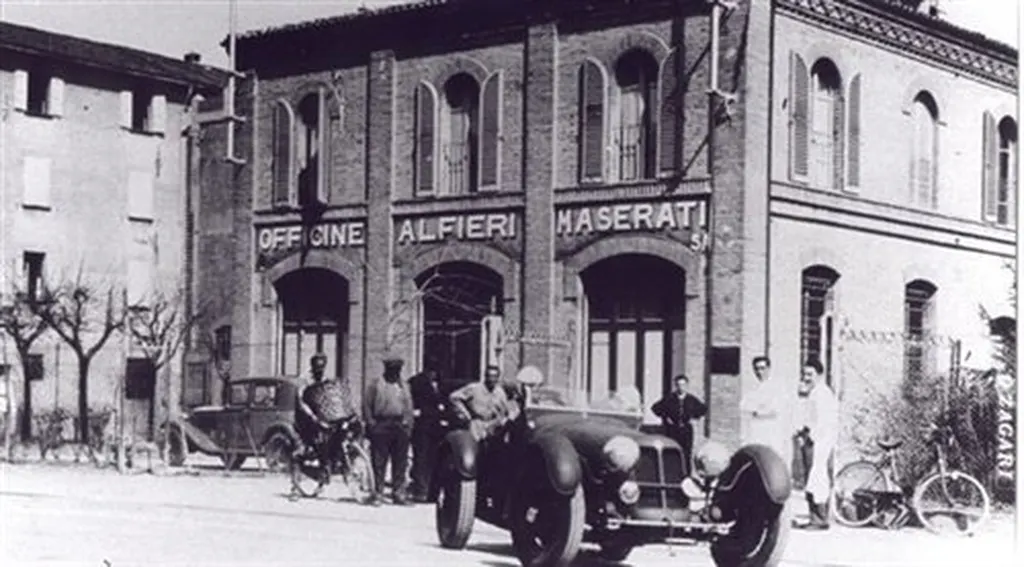
In 1914, Alfieri Maserati co-founded Officini Alfieri Maserati Company with Bindo Maserati and Ernesto Maserati. The new company’s main business is car modification. At the same time, it is also committed to using Lsotta Fraschini cars for road racing.
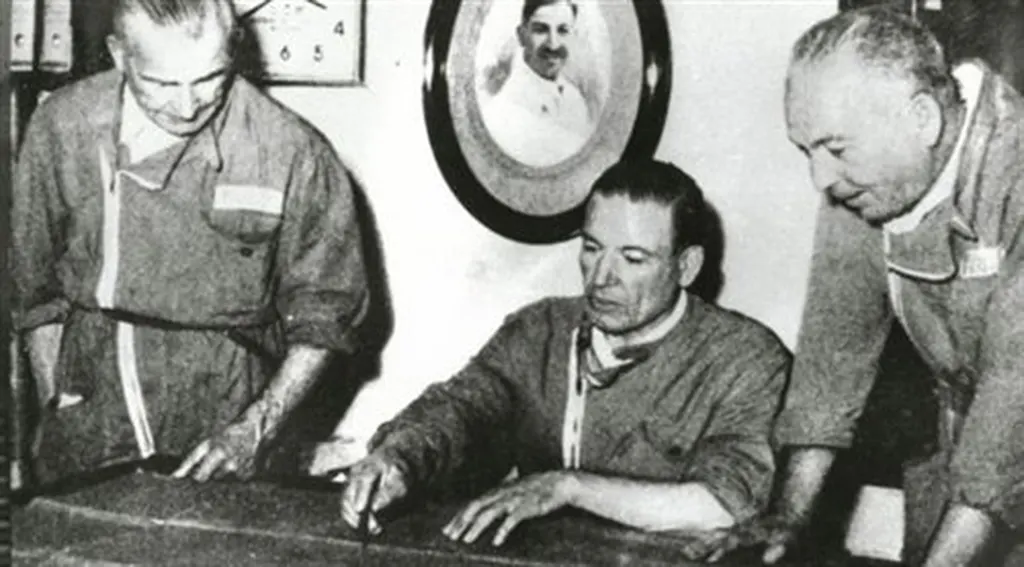
Thanks to the efforts of the Maserati brothers, the company’s business has been expanding. In 1925, the company changed its name to Societa Anonima Officine Alfieri Maserati. At the same time, the company began to use Trident as the company logo, which is based on the Neptune statue of the God of the sea standing on the Maggiore square in Bologna and designed by Mario Maserati.
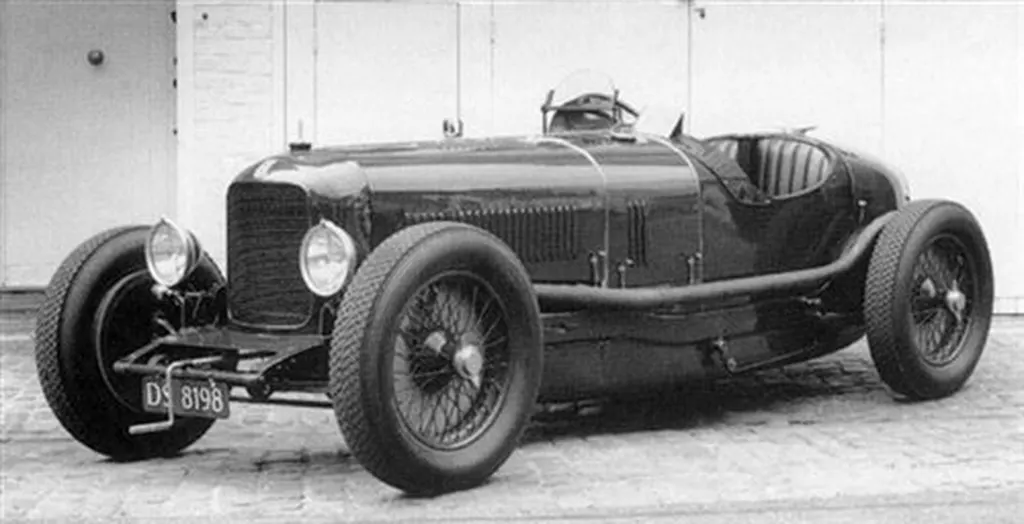

Alfieri Maserati produced the Tipo26 in 1926, the first pure Maserati and the first sports car with the Trident logo. Tipo26 debuted on April 25 of the same year and participated in the Targa Florio endurance race. This car is equipped with a 1.5-liter inline eight-cylinder engine with a top speed of 160 km / h. Alfieri Maserati drove Tipo26 to the Targa Florio and won the first place in the same class of car. Then Tipo26 won multiple victories in other events. Since then Maserati has considered producing a racing car.
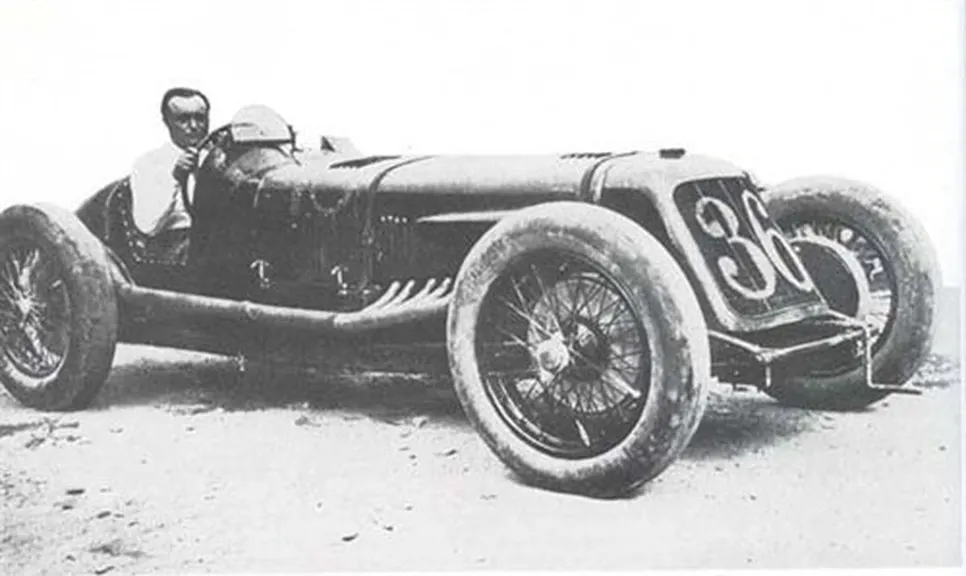
After finishing third place in the Targa Florio competition, Alfieri Maserati had a serious accident driving Tipo26B to the Messina cup in 1927. Even without the player, Maserati still won the Italian manufacturer’s championship. In 1929, Baconin Borzacchini drove the V4 sports car with 16 cylinder engine to perform well in the Italian grand prix competition for the first time in Cremona, setting a world class C speed record at 246.069 km / h (driving distance is more than 10 km). The record created by V4 has further enhanced the company’s image, ensured the influx of funds, and expanded the company and various activities. In 1930, Borzacchini drove V4 in Tripoli to win the Grand Prix for Maserati for the first time.

In 1931, Alfieri Maserati’s masterpiece 4CTR and front-wheel drive 8C2500 were published, and he died on March 3, 1932. Tens of thousands of people, including factory workers, famous drivers and ordinary people, came to Bologna to attend his grand funeral and express their memories to this great man.
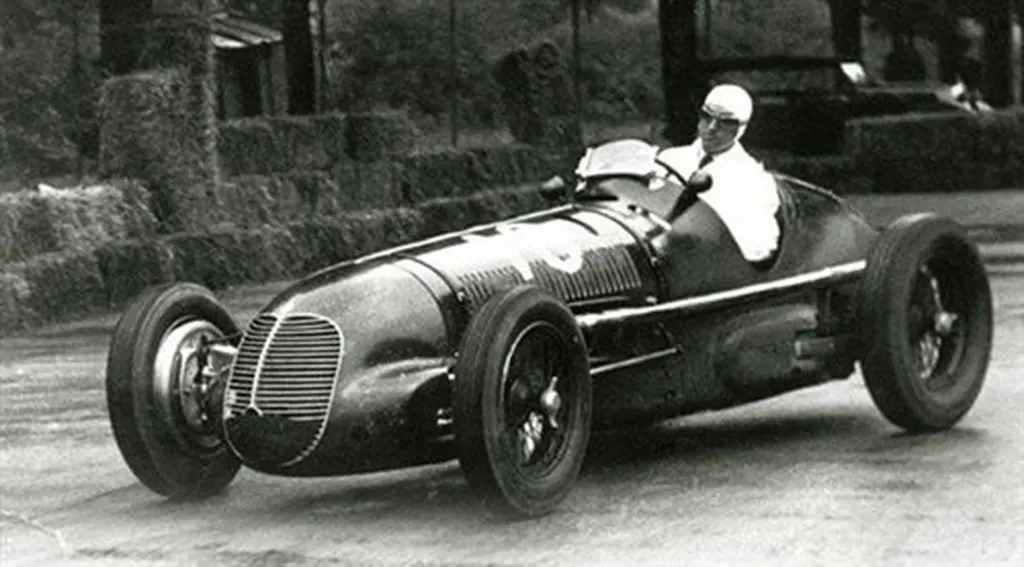
The Maserati brothers weren’t overwhelmed by Alfieri’s death. Bindo left Lsotta Fraschini and returned to Bologna to take over the business started by Alfieri with Ernesto and Ettore. Maserati’s race was fierce and successful, and the 8-cylinder 3 liter engine was also successfully manufactured.
In 1933, Tazio Nuvolari joined and made outstanding contributions in technology, especially in the improvement of the chassis, so that the chassis can adapt to the characteristics of the new engine. Nuvolari won the Belgian Grand Prix, the Montenero Grand Prix and the Nice Grand Prix. At this time, Mercedes-Benz and the Auto Union began a continuous fierce competition in the arena, making Maserati difficult in these important events.

Nevertheless, the company has repeatedly won in domestic small events, which made the Maserati brothers focus on this area. In 1936, a sponsor met by the Maserati brothers at Gino Rovere invested heavily in the company and appointed his trusted follower Nino Farina as chairman. After the launch of 6CM, Maserati gained a competitive advantage in the field of small cars.
In 1937, the company sold part of its shares to the Orsi family and moved its headquarters to Modena because of the poor management.

At the same time, despite the strong competition from Mercedes Benz, Maserati has won a series of car races one after another, especially on May 30, 1939, which is indeed a day worthy of Maserati’s pride. A driver drove Maserati 8CTF to win the 500 mile race of Indianapolis in the United States, and in the next year, 1940, he won the game again.
In September 1939, with the outbreak of World War II, Maserati suspended the manufacture of sports cars and began to produce mechanical tools, spark plugs and other electronic equipment. After the war, Maserati factory resumed the production of sports cars in 1947, and launched the A6 1500 sports car designed by binifarina, the first two door sports car suitable for road driving launched by Maserati.

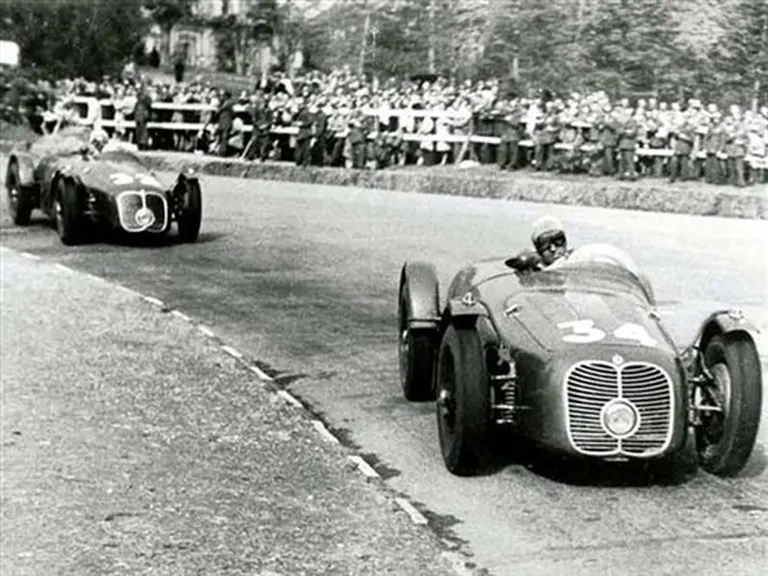
Alberto Ascari made his A6G CS debut at the Modena circuit, where he competed with Alfettas, Ferrari and Talbots in the following years. Maserati won several more games, but then the strong rise of Alfa Romeo and Ferrari made the company difficult in the 1950s. In 1953, Gioacchino Colombo served as chief engineer and improved the A6GCM. The joining of Fangio, Gonzalez, Marimon, Bonetto and de Graffenried has greatly increased the strength of the team, and won several important victories for the company in 1953, including the Italian Grand Prix champion won by Fangio; In fact, Fangio drived the Maserati passed the Ferrari drived by Ascari and Farina after passing the last corner.
Maserati won several important victories in 1955 and 1956. In 1957, Fangio returned to Maserati and won the world championship for the fifth time. This is the first world championship he won for Maserati by driving 250F.
In 1957, Maserati officially withdrew from the car race and began to focus on the development of civilian car models, but Maserati still pays attention to the car race and continues to launch F1 engines. In 1959, Maserati launched the 3500 GT and 5000 GT. As one of the most beautiful coupe in Maserati’s history, the 3500 GT has been wildly sought after by people. Then Maserati introduced the 5000 GT model, which was a custom model, and its customers were all powerful at the time.
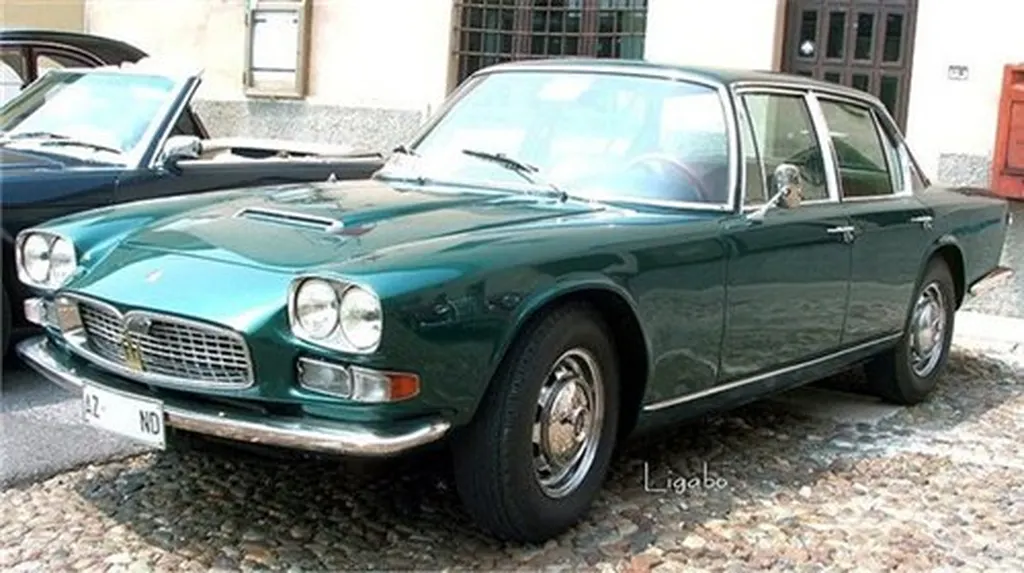
In 1962, Maserati launched the Sebring two seater sports car, and successively launched the first four door sedan Quattroporte and Mistral. This Quattroporte is the first generation of the current Quattroporte(president). At that time, Quattroporte was hailed as the world’s fastest large luxury four door sedan.
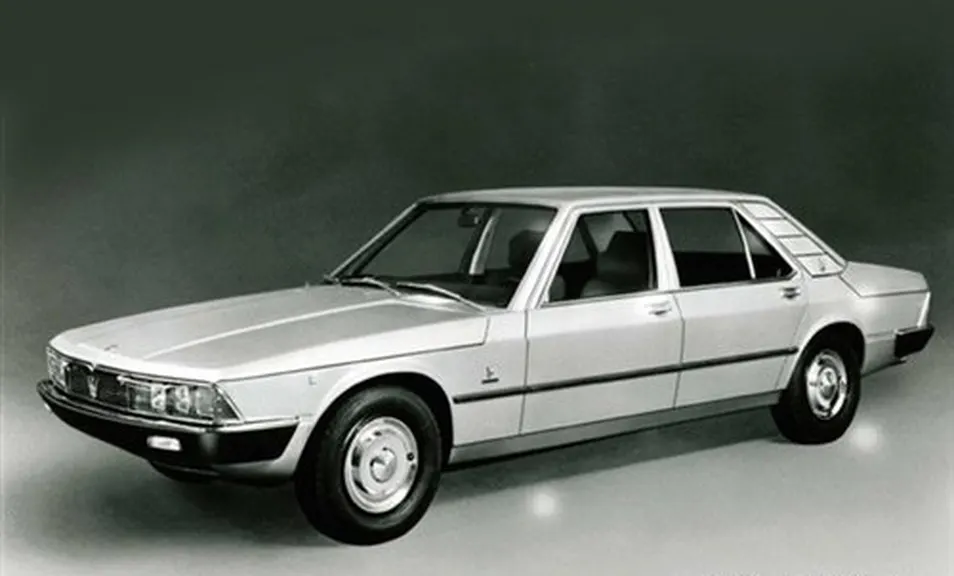
In 1968, Citroen bought out the entire shares of the Orsi family, while Adolfo Orsi remains the company’s honorary chairman. After being acquired by Citroen, Maserati began producing Bora, Merak and Khamsin. Bora, designed by Giugiaro, debuted at the 1971 Geneva Motor Show and became the first mass-produced mid-engined Maserati car. Maserati also occasionally produces racing engines. In the same year, the Citroen SM powered by Maserati engine won the Morocco Rally Championship. With the launch of Merak and Khamsin, Maserati’s production continues to grow rapidly. The company’s prospects were overshadowed by the oil crisis caused by the Fourth Middle East War in 1973, but the company still introduced the Quattroporte II prototype and Merak SS from Bertone.
On May 23, Citroen announced that Maserati was in liquidation (the French carmaker has signed an agreement with Peugeot and lost interest in Maserati). Industry associations, local and provincial councils worked together to persuade the government to step in, and GEPI, the government agency that finances ailing companies by retaining jobs, took over Maserati, who survived the collapse.
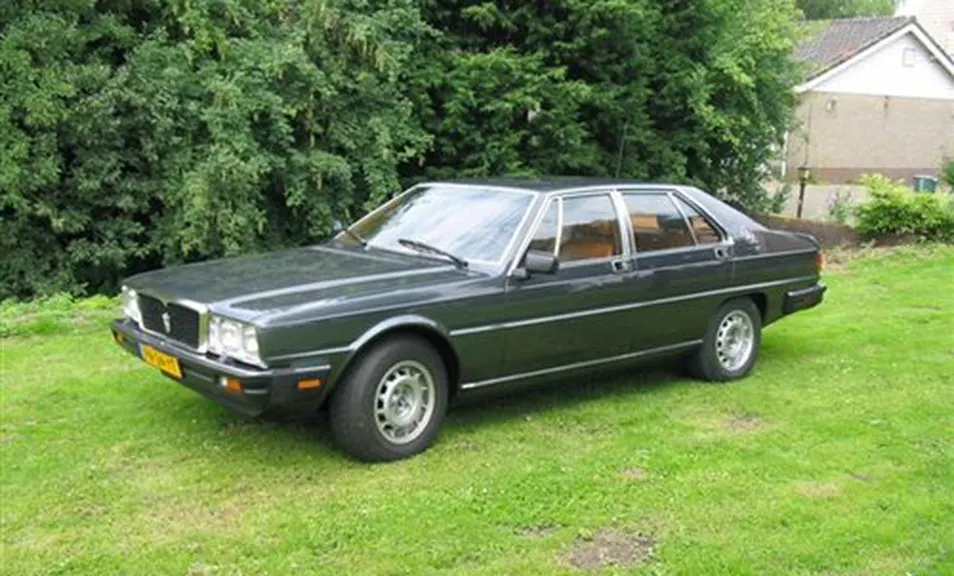
According to an agreement signed on August 8, 1975, Benelli and Alejandro De Tomaso acquired a majority share in Maserati, with Alejandro De Tomaso as general manager. The former Argentine Racer played for Maserati. Despite the difficulties persisted, the company gradually improved under the leadership of De Tomaso, and launched two new cars in 1976: Kyalami and Quattroporte III designed by Giugiaro, which had previously appeared at the Turin auto show. By the end of the year, the company’s output had grown substantially.


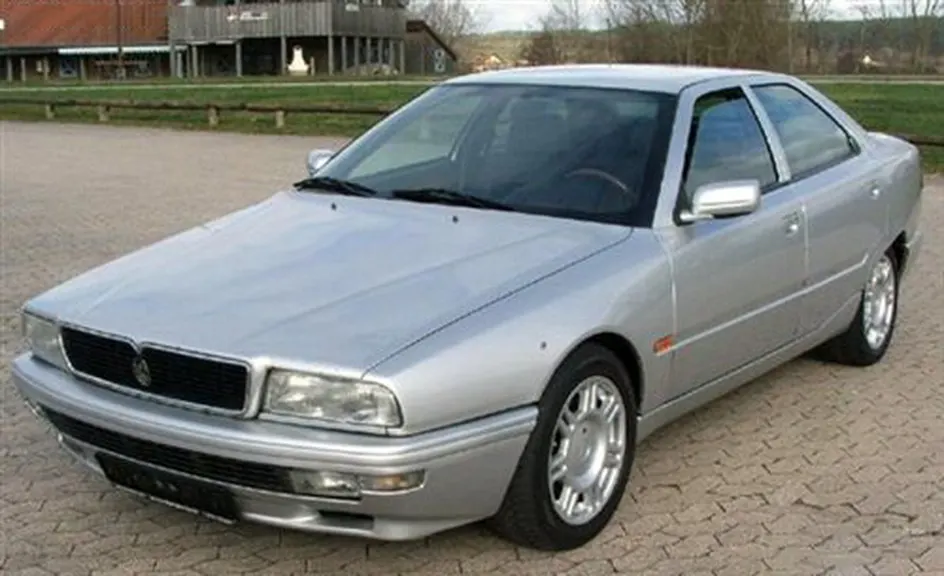 In the 1980s, Maserati launched a new Biturbo with relatively low price but excellent performance: it has more than 30 different models, such as coupe, four door car and spyde. In addition, the fourth generation of Quattroporte was born in the same period.
In the 1980s, Maserati launched a new Biturbo with relatively low price but excellent performance: it has more than 30 different models, such as coupe, four door car and spyde. In addition, the fourth generation of Quattroporte was born in the same period.

In 1993, Fiat purchased all of Maserati’s shares, which was a turning point for Maserati. A year later, Maserati introduced its new car for the first time after it belong to Fiat: the Quattroporte Presidential Elite Edition. Designed by Marcelo Gandini, this car perfectly inherits Maserati’s fine quality, luxury and dynamic characteristics, which makes the brand famous.
On July 1, 1997, Fiat Motors sold Maserati to Ferrari, which belongs to the same group, and the company ushered in a new era. That year, Maserati temporarily closed its historic factory in Ciro Menotti, Modena, to install the ultra-modern production line needed to produce the new car 3200GT. The car first appeared at the Paris auto show in 1998. It is a GT sports car with a front engine that inherits the tradition of Maserati. Quattroporte Evoluzione was also launched in the same year, with an annual production of more than 2000 vehicles.

In 2000, Maserati completely reorganized the marketing network, expanded the size of the factory, set up a new management office, and further promoted the pace of company innovation. The new car Spyder came out the following year and made its debut at the Frankfurt Motor Show; at the same time, Maserati announced plans to return to the North American market. The decision was quickly implemented, and Coupe showed its charm to the world for the first time at the Detroit Auto Show in January 2002. Like Spyder, Coupe introduced many important innovative designs, from a 390 horsepower V8 engine to suspension systems, chassis and F1-type gearboxes.
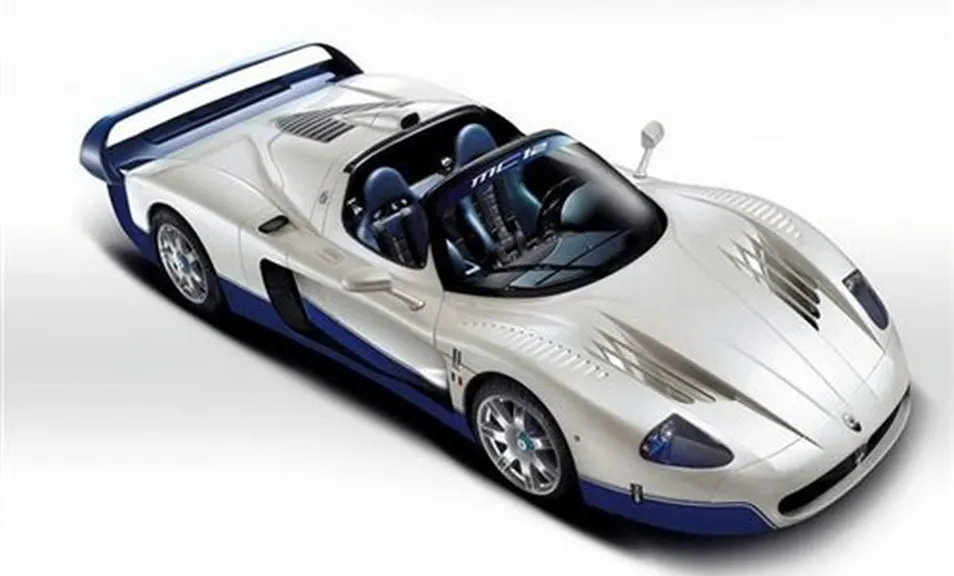
In 2004, Maserati launched the MC12 supercar, the frame of which is based on Ferrari Enzo, and the body is made of carbon fiber. The MC12 is equipped with a 6.0L V12 naturally aspirated engine from Ferrari, with a maximum power of 628 horsepower and a maximum torque of 652Nm. In order to match the powerful power output, the MC12 is equipped with a Maserati Cambiocorsa six-speed transmission.

The MC12 can participate in the World Supercar Championship without any modification. The MC12 sold a total of 50 vehicles to customers from 2004 to 2005, each of which sold for as much as 600,000 Euros at the time. In addition to being sold as a commodity, the most important task of the MC12 is the race, which marks Maserati’s official return to world-class racing events. The MC12 live up to expectations. Since 2005, the Maserati MC12 has won 12 international championships in the FIA GT Championship. In 2009, it won two championships of the FIA GT driver and team.
The extraordinary performance of the racing department has won Maserati the Manufacturers Cup and also won the championship for the Vitaphone(Maserati) team. Maserati’s feat of winning the championship and runner-up in the 24-hour endurance race is unforgettable. Trofeo Light has also won many honors and competitions, winning the Italian GT3 class GT Championship. At the single model Championships in Brazil and Europe (the event ushered in its third and fourth years in Brazil and Europe respectively), Maserati also dominated the competition, further strengthening the company’s strength.
In early 2005, Ferrari transferred Maserati’s ownership to Fiat Motors, which gave the two major brands an important opportunity for industrial and commercial collaboration with Alfa Romeo. Close technical and commercial collaboration within the group has helped Maserati gain a leading position in the industry. At the same time, thanks to the launch of GranSport, GranSport Spyder and MC Victory (developed to celebrate winning the World Supercar Championship), Maserati has also expanded its international market share. The company’s extraordinary performance in 2007 was mainly attributed to the great profits again brought by GranTruismo sports cars.

GranTurismo sports cars can be used in daily life. It has first-class handling and a dynamic and charming driving experience, while the comfort of riding is also remarkable. In addition, the car’s excellent selection of materials, attention to detail, and the spacious interior space that can accommodate 4 adults also make it stand out from other models in the same class. This car quickly achieved great success, not only becoming the target of major international media attention and praise, but also on the cover of countless magazines.
Summary:
Although the 97-year history of the Maserati brand is not smooth, the racing spirit that it has possessed since its birth has not changed. Until today, we can find this spirit in its products. At the same time, with the time goes by, Maserati’s new cars not only have the racing spirit, but also have an elegant appearance.

